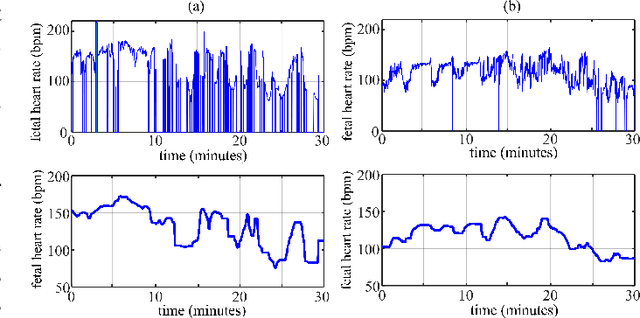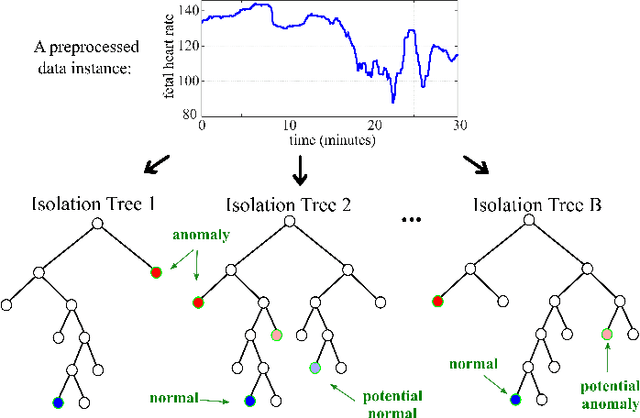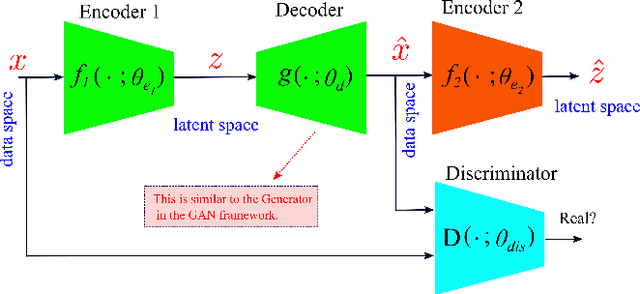Julien Bertieaux
Cardiotocography Signal Abnormality Detection based on Deep Unsupervised Models
Sep 29, 2022



Abstract:Cardiotocography (CTG) is a key element when it comes to monitoring fetal well-being. Obstetricians use it to observe the fetal heart rate (FHR) and the uterine contraction (UC). The goal is to determine how the fetus reacts to the contraction and whether it is receiving adequate oxygen. If a problem occurs, the physician can then respond with an intervention. Unfortunately, the interpretation of CTGs is highly subjective and there is a low inter- and intra-observer agreement rate among practitioners. This can lead to unnecessary medical intervention that represents a risk for both the mother and the fetus. Recently, computer-assisted diagnosis techniques, especially based on artificial intelligence models (mostly supervised), have been proposed in the literature. But, many of these models lack generalization to unseen/test data samples due to overfitting. Moreover, the unsupervised models were applied to a very small portion of the CTG samples where the normal and abnormal classes are highly separable. In this work, deep unsupervised learning approaches, trained in a semi-supervised manner, are proposed for anomaly detection in CTG signals. The GANomaly framework, modified to capture the underlying distribution of data samples, is used as our main model and is applied to the CTU-UHB dataset. Unlike the recent studies, all the CTG data samples, without any specific preferences, are used in our work. The experimental results show that our modified GANomaly model outperforms state-of-the-arts. This study admit the superiority of the deep unsupervised models over the supervised ones in CTG abnormality detection.
 Add to Chrome
Add to Chrome Add to Firefox
Add to Firefox Add to Edge
Add to Edge